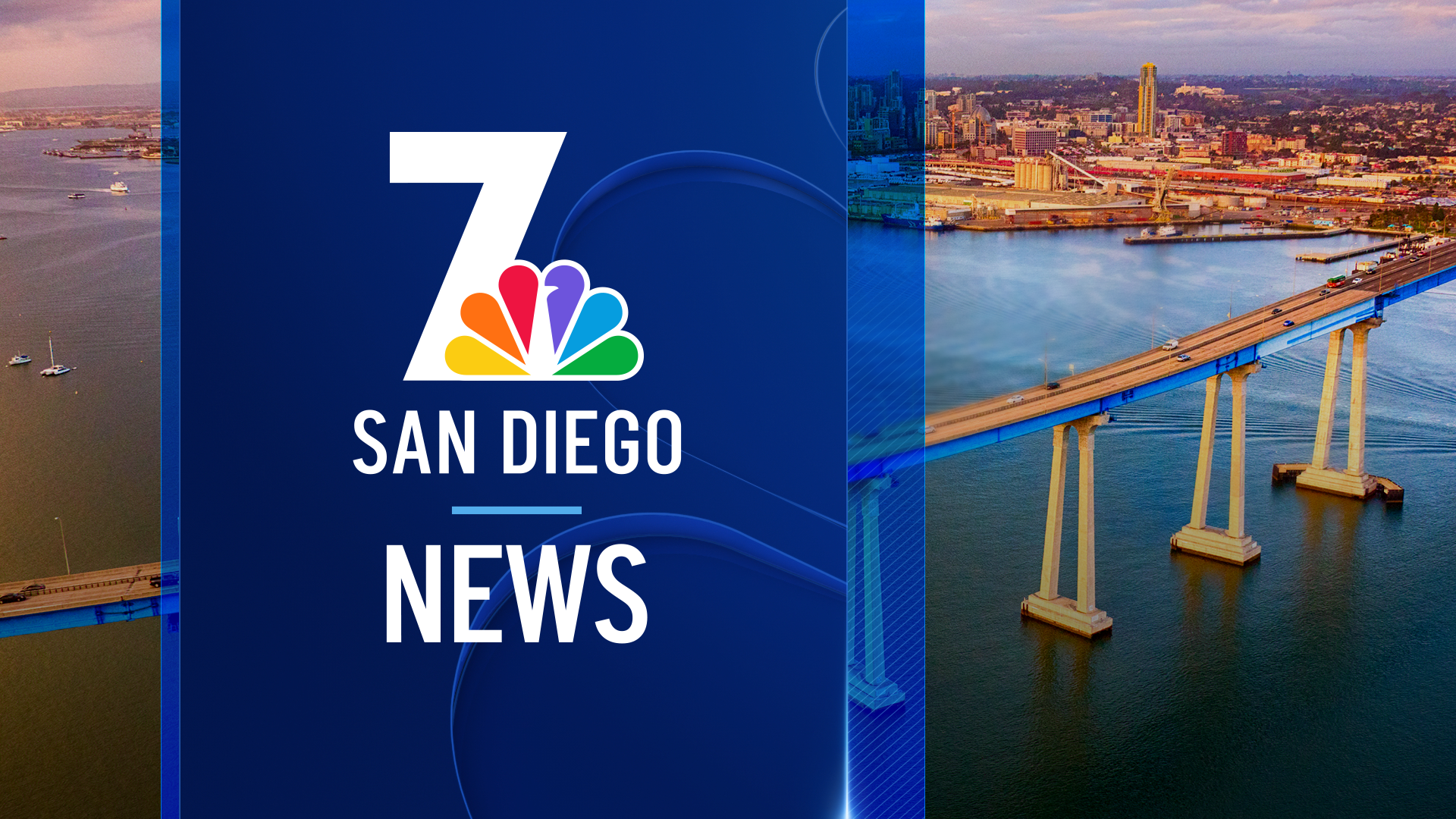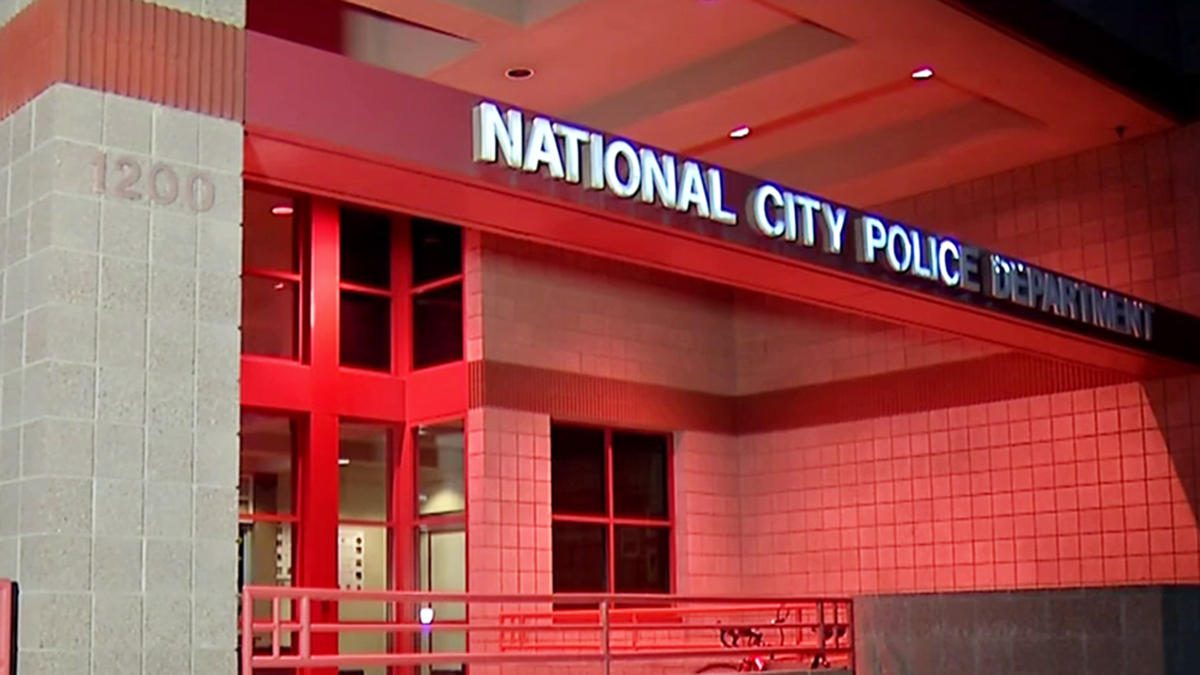A behind-the-scenes campaign to raise more money to fix San Diego's decrepit streets, sidewalks and public facilities has just gotten its first high-profile airing.
It's courtesy of San Diego's new City Council's new president.
The default conclusion of skeptics, if not critics, is that Councilman Todd Gloria was talking about a tax increase in his remarks after being sworn in to his second term yesterday.
“It’s time,” he said at one point, “to put forward a plan for the voters’ consideration that would dramatically increase our investment in infrastructure” – later referencing successful efforts in other cities and similar to our local initatives like TransNet and Proposition MM.
Gloria never actually used the phrase "tax increase."
But he's not ruling one out -- and neither, apparently, are business community leaders, who also leave open the possibility of floating more revenue bonds or finding other, more creative "funding mechanisms."
"They're the ones who are doing the work,” Gloria said in an interview Tuesday, a day after being elected Council president by a unanimous vote of his colleagues. “And so if they're willing to come out, in what might be unexpected from the business community, to say 'Hey, we should do something like this,' then the least we can do is have leadership here at City Hall say 'We'll do our part as well', to streamline our internal processes and make sure our finances are stabilized."
Those efforts over the past year have paved the way, literally, for stepped-up public works projects aimed at reducing the city's nearly billion-dollar backlog of deferred infrastructure maintenance.
That's prompted business interests to consider more funding for streets, sidewalks, storms drains and buildings that might even have to be bankrolled by a tax measure -- whose revenue uses would be 'dedicated' and require two-thirds voter approval.
Such was the political profile of the county's TransNet sales tax measure that passed in 2004, and to which Gloria referred on Monday.

"I think we can get the same amount of support for our roads, our libraries, our parks and recreation centers,” Gloria says, “if we ask [voters] and show them that we have done the due diligence to develop the grass-roots support, along with the internal efficiencies that they'll demand."
Now, the cause is keeping San Diego competitive in the global marketplace.
"If you're trying to attract businesses to locate to San Diego and bring good-paying jobs with them,” said newly installed Councilman Mark Kersey said in an interview Wednesday, “are they going to want to come to some place that can't even take care of its own streets and sidewalks and storm drains? If I were a business owner in that position, I would not."
As for cautionary tales, there’s the failure of Prop. D -- a proposed half-cent sales tax hike in 2010 -- that exposed the risk of not specifying uses, in order that it could qualify for passage with a simple majority. It was rejected by a 62 percent majority.
Can a ‘dedicated revenues’ tax measure gain the needed two-thirds majority in this fiscal climate?
Local
Says Chris Cate, vice president of the San Diego County Taxpayers Assn.: "There's a little more accountability in the aspect that you have to have a list of projects that are funded by the money -- a la TransNet tax going to streets, freeways and transit projects and the like. So there is that increased threshold of voter approval, which is why you need a broad base of support."
Activists behind this undertaking warn that it may take a while for community and business groups to settle on a list of priorities.
"I know it's frustrating to people who have been living in communities with inadequate infrastructure," says Andrew Poat, a consultant on the issue for the San Diego Regional Chamber of Commerce. "But the good news is, you're finally seeing all of these factors come together. And I'm optimistic we're going to have some options in front of voters within the next two years."
Nonetheless, facilities keep corroding and the city remains behind the curve of necessary upgrades.
Meantime, the cost of labor and building materials keeps escalating – reducing the city’s purchasing power going forward.
So backers of the fix-it-now, not later campaign would hate to wait until the 2016 election cycle.



